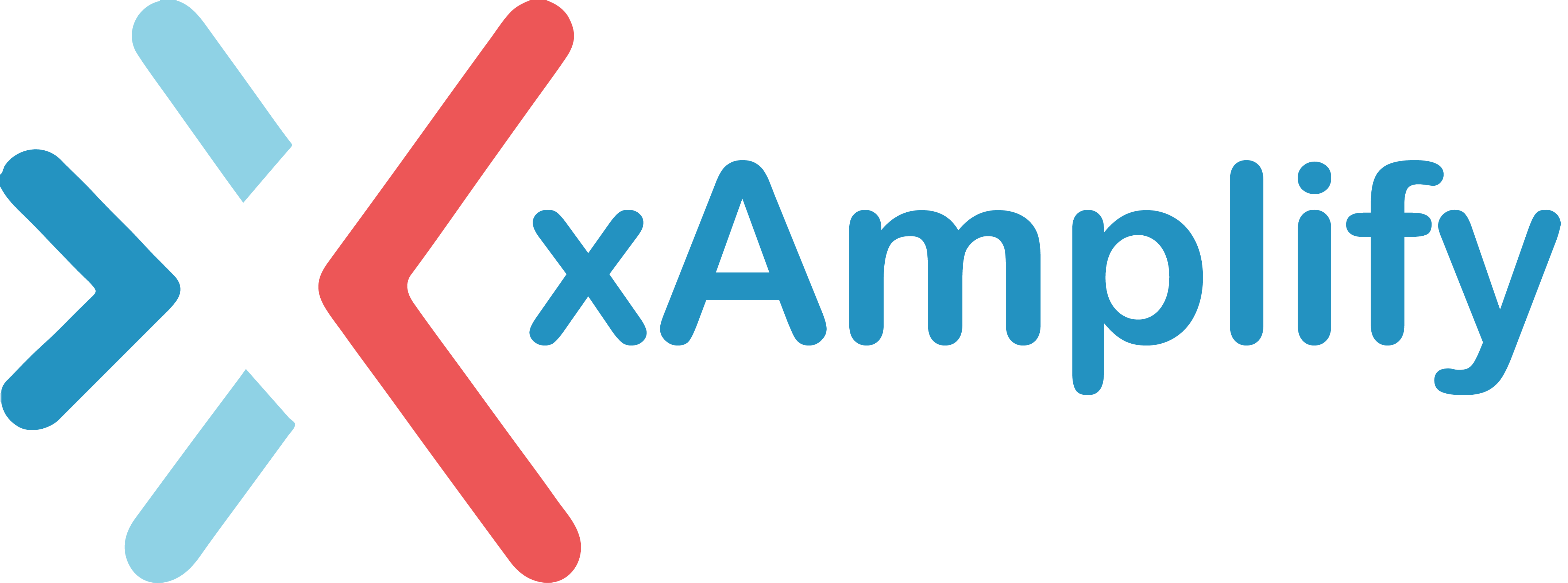When you think of “influencer marketing” you probably imagine some young fashionista on Instagram or Youtube wearing, eating, drinking, using, or repping a B2C brand that paid for this endorsement. The value exchange here is that the brand gets access to the influencer’s sizeable and carefully curated audience—an opportunity to put their product in front of thousands of targeted customers.
What you probably don’t think of is how this advertising model so readily applies to your B2B distribution channels. If you’re in channel sales, today’s trend reports put you in a power position to dominate influencer marketing. The beauty of this trend for channel marketers with a successful co-branding strategy in place is that you’re already doing it!
…Well, for the most part. You understand partnerships and have already forged those important alliances with other companies. Now, with a few slight adjustments, you can easily turn your channel marketing into full-on influencer marketing using your partners as influencers, or their customers as influencers. The former is similar in time, attention, and principle to account based marketing. The latter takes a bit more work of course, but if you do have steady alliances with resellers or distributors, B2B2C influencer marketing is well within your grasp.
For now we’ll review the first, more accessible scenario and how to implement it in five steps. The following instructions assume you have solid distribution channels in place with the proper automation and metrics tools.
Using your channel partners for influencer marketing
Step 1) Find a reliable influencer ally among your distribution channels
You’ll need a channel marketing data analysis tool to collect this information. Some PRMs and portals have begun to build partner engagement metrics into their platforms. But not all of these are reliable or comprehensive, because not all partners use the email or social media feature of said platforms to carry out redistribution. This leaves a big unknowable gap in metrics tools retrofitted to a portal.
If you’re using xAmplify, you’ll have access to all the data you need with our Two-Tier metrics, because sending co-marketed email and social media campaigns from within the platform is compulsory for partners. Thus, the first tier of our metrics shows you a comprehensive view of which partners are redistributing your campaigns to begin with. This answers the question of who will be a reliable ally.
Step 2) Discover which of your most reliable partners have influence
The second tier of xAmplify’s Two-Tier Metrics answers the influencer part, because you’ll be able to see how many leads your channel partners are generating by redistributing your campaigns via email. You’ll be able to see if their pipeline customers are clicking, watching videos, and how long they’re watching for.
Due to strict social media regulations on consumer data and privacy, Two-Tier metrics does not cover social media analytics. But there is an easy solution to get data on click volume and region for social media redistribution; simply make sure your campaign includes a different trackable link (such as a bit.ly link) for each of the reliable partners you engage in this discovery. You’ll be able to see from this third party account which partners are pulling in the most clicks, and from what region or city.
Sussing out this engagement is the key to leveraging partners’ influence. Once you’ve got these pieces in place, watch and learn who has real influence as the data rolls in.
If you don’t have xAmplify, you’ll need to get your most reliable partners to share their own social media analytics reports with you. You may need to grant them some nice MDF to make this happen. Once you’ve collected the data, you can compare results to learn who’s generating the most leads with your content—and who is therefore the most influential.
Step 3) Initiate an influencer partnership
Once you know who of your distribution channels is reliable and who has influence, your next step is to propose the influencer partnership. What should this proposal and ensuing relationship look like? In the world of B2B marketing, the sales cycle takes a lot longer than in B2C, so having an influencer spread your word will take longer than the here-today-gone-the-next promotions you’re used to seeing with those Instagram fashionistas. All that to say—expect this partnership to last a year or more, and to have the MDF budget to incentivize a “yes.”
Step 4) Create content for your influencers
You’ve now set up a beautiful partnership, which will next result in highly targeted content being fed directly into a high ROI pipeline. You need to create said content specifically for this influencer partner and their unique audience.
This could mean partnering on a guest blog, a webinar or an ebook, asking this influencer to appear in your video content, speak on your podcast, or co-host one of your events. If the influencer partner is not a person but rather a company (likely the case with channel marketing), invite the founder or a highly visible company executive to be the “face” of this content.
Step 5) Target your influencers’ most successful platform for content distribution
Once the content is ready to go, carefully plan which social media platform your influencer will be using to blast it to their audience. If they have the highest following and engagement numbers on Twitter, curate your distribution in the form of Tweets. If they get amazing results on Facebook, then let it be linked posts. If Instagram is their bread and butter, make sure your visual content game is strong.
Keep feeding the influencer marketing machine and continue nurturing the influencer relationship for at least one year. Watch your channel sales soar.

